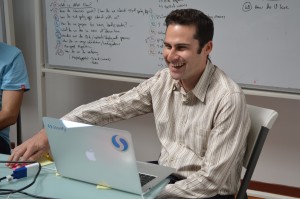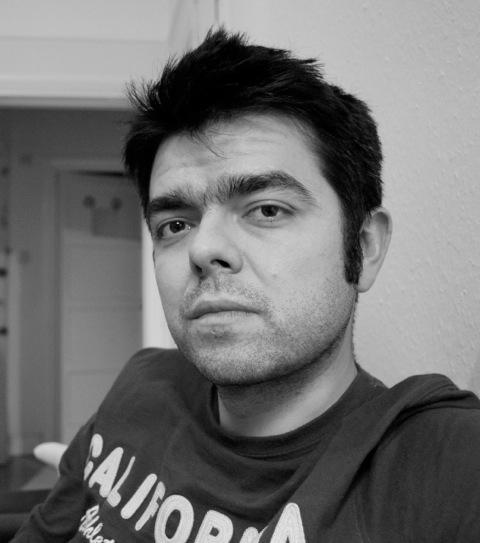During the last couple of days one theme has been coming up so often, that it can’t be a coincidence: a successful business is nothing more and nothing less than one possible solution to a complex maths problem. Random data points are no mathematical proof, but here you go with two exhibits – not counting the recent conversation with Silicon Valley veteran Mark Zawacki – to illustrate the point.
Exhibit Nr. 1: “Combinatorial Innovation”
The Economist runs the story “A Cambrian Moment” this week as an intro to its issue about tech startups. Hal Varian, Google’s Chief Economist, is quoted of calling startups and presumably their tech and business model innovation as “combinatorial innovation”.
Now is this just throwing overcooked spaghetti at a wall and seeing what sticks? It sometimes looks like that. However one might argue that the really successful startups are going at it in a much more deliberate, calculated and mathematical way. They hire the best computer science and maths wizards or are being run by one. They set their eyes on a problem and iterate their product until they get it right – almost like a Monte Carlo simulation searching for some equilibrium state of a wildly complex problem. And: they collect data until a pattern emerges that delivers value.
Exhibit Nr. 2: “A Business Model is a Profit Algorithm”
Another analogy to maths comes from Horace Dediu, the analyst and blogger famous for the asymco.com blog. He claims “a business model is a profit algorithm”. Again, here business is just another mathematical problem. And the analogy is striking indeed. The best algorithms are governed by simple rules, are adaptable and converge to the right solution quickly while at the same time using their resources efficiently. A business with these qualities must definitely be profitable!
So then, looks like I should just go back to my maths and physics textbooks in the basement!





